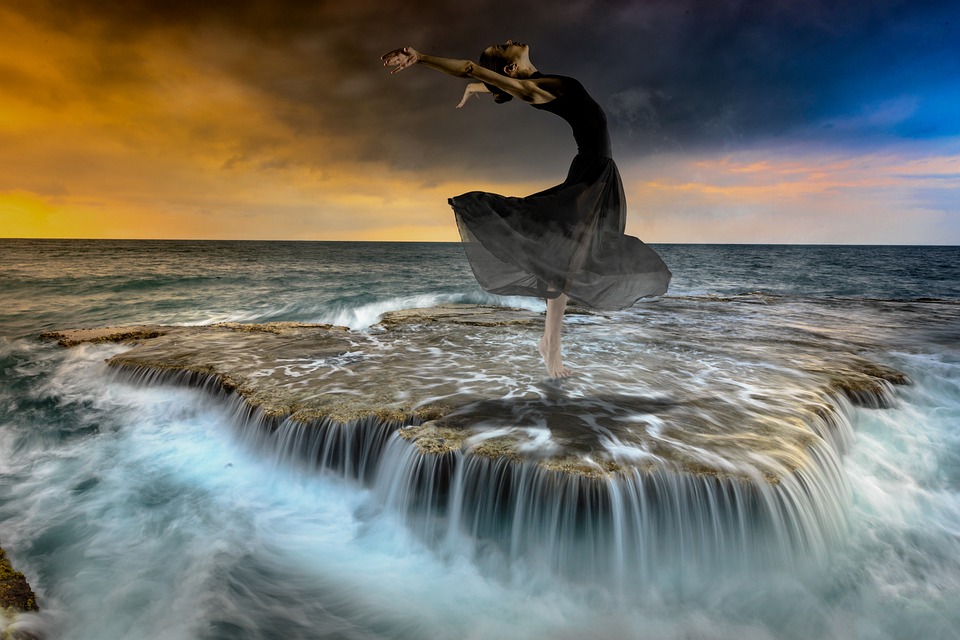Introduction
Performance art has always been a groundbreaking form of artistic expression that challenges societal norms and pushes the boundaries of creativity. From the early pioneers of performance art in the 1960s to the present day, artists have continued to redefine what it means to create art that is alive in the moment and engages directly with its audience. In recent years, performance art has seen a resurgence in popularity as artists explore new avenues for expression and use technology to enhance their performances. This article will explore how performance art has been reimagined in the digital age and how artists are using new tools and techniques to create immersive and interactive experiences for their audiences.
The Evolution of Performance Art
Performance art has its roots in the avant-garde movements of the early 20th century, with artists like Marcel Duchamp and Dadaists like Hugo Ball using non-traditional forms of expression to challenge the notion of what art could be. In the 1960s, artists like Yoko Ono and Marina Abramović pushed the boundaries of performance art even further, engaging in extreme acts of self-exploration and endurance that captivated and shocked audiences.
Yoko Ono: Breaking Boundaries
Yoko Ono is perhaps one of the most well-known performance artists of the 20th century, known for her groundbreaking work that challenged traditional notions of art and identity. In her performance piece “Cut Piece,” Ono invited audience members to come on stage and cut away pieces of her clothing, blurring the lines between performer and spectator and exploring themes of power and vulnerability.
Marina Abramović: The Artist is Present
Marina Abramović is another iconic figure in the world of performance art, known for her endurance-based performances that push the limits of the human body and mind. In her most famous piece, “The Artist is Present,” Abramović sat in a chair for 736 hours and 30 minutes, inviting audience members to sit across from her and share a moment of silence. The piece was a powerful exploration of human connection and presence, and drew thousands of visitors to the Museum of Modern Art in New York City.
Performance Art in the Digital Age
In recent years, performance art has embraced new technologies and techniques to create immersive and interactive experiences for audiences. Artists are using virtual reality, augmented reality, and other digital tools to push the boundaries of what performance art can be, creating works that blur the lines between the physical and virtual worlds.
Virtual Reality Performance Art
Virtual reality has become an increasingly popular tool for performance artists, allowing them to create immersive experiences that transport audiences to new worlds and challenge their perceptions of reality. Artists like Laurie Anderson and Bjork have embraced VR technology to create works that combine music, performance, and visual art in groundbreaking ways.
Augmented Reality Performance Art
Augmented reality is another technology that is being used by performance artists to create interactive and dynamic works that engage audiences in new and exciting ways. Artists like Olafur Eliasson and Rafael Lozano-Hemmer are using AR to create installations that respond to the movements and actions of viewers, blurring the lines between art and audience participation.
Exploring New Avenues for Expression
Performance art has always been a medium that thrives on experimentation and innovation, and artists continue to push the boundaries of what is possible in their quest to create powerful and transformative experiences for their audiences. From site-specific performances in public spaces to intimate one-on-one encounters, performance art continues to evolve and adapt to the changing landscape of the art world.
Site-Specific Performances
Site-specific performances have become a popular form of performance art, with artists creating works that respond directly to the unique characteristics of a particular location. Artists like Tino Sehgal and Ann Hamilton have created site-specific performances that engage with the architecture and history of the spaces in which they are presented, creating immersive and memorable experiences for audiences.
One-on-One Encounters
One-on-one encounters have also become a popular form of performance art, with artists creating intimate and personal experiences that engage with individual audience members in a direct and meaningful way. Artists like Adrian Howells and Marina Abramović have created works that invite audiences to engage in one-on-one interactions that challenge their perceptions of themselves and others, creating powerful moments of connection and transformation.
Conclusion
Performance art continues to be a vibrant and dynamic form of artistic expression that pushes the boundaries of what is possible in the world of art. From the early pioneers of performance art in the 1960s to the present day, artists have continued to innovate and experiment with new tools and techniques to create immersive and interactive experiences for their audiences. By embracing new technologies and exploring new avenues for expression, performance artists are reimagining what it means to create art that is alive in the moment and engages directly with its audience. As performance art continues to evolve and adapt to the changing landscape of the art world, we can expect to see even more groundbreaking works that challenge our perceptions and expand our ideas of what art can be.


